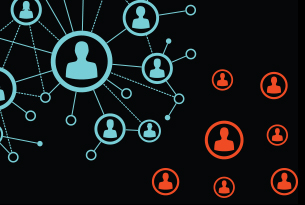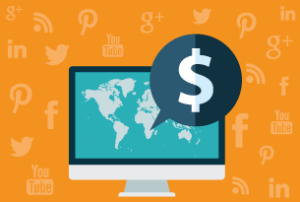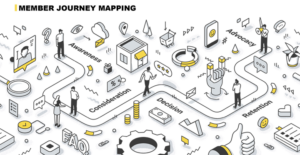Have you ever slipped into the assumption that just about everything (and everyone) is fully connected over the social web? That a connection is one click away on the latest iPhone or Android smartphone?
I had an experience last year, in the most unlikely of places, that this is absolutely not the case. For several hours, I spent sorting food at the local food bank. Instead of going through the front, where patrons were able to pick up their food, I went through the back, where potential food bank users had to register for the privilege of being able to eat. This group wasn’t sitting in chairs surfing on their smart phones (they didn’t seem to have them). They weren’t using the “surf station” (there wasn’t one), and they weren’t talking to each other about the latest innovation on Facebook or LinkedIn. The only computer in the entire area seemed to be a 1990s-era machine used to record the volume and type of food collected.
While you and your business may not consider food bank users a target market, this experience was a great reminder that in our haste to adopt social media and mobile marketing, we may inadvertently ignore bona fide groups that either do not have access, or choose not to use, these channels.
This week’s action plan: Has your excitement about social and mobile caused you to inadvertently de-emphasize or ignore an important, but unconnected group? This week, look between the cracks of your existing outreach plan, and seek to identify parts of your market that you may have left behind.
Lessons from the food bank: I had the opportunity a few years ago to interview Gail Nyberg, Executive Director of the Daily Bread Food Bank. This organization distributes over 1 million pounds of food monthly, through 170 member agencies. Here is the interview:
This post has been written by 108’s Senior Advisor and former CEO Randall Craig.











